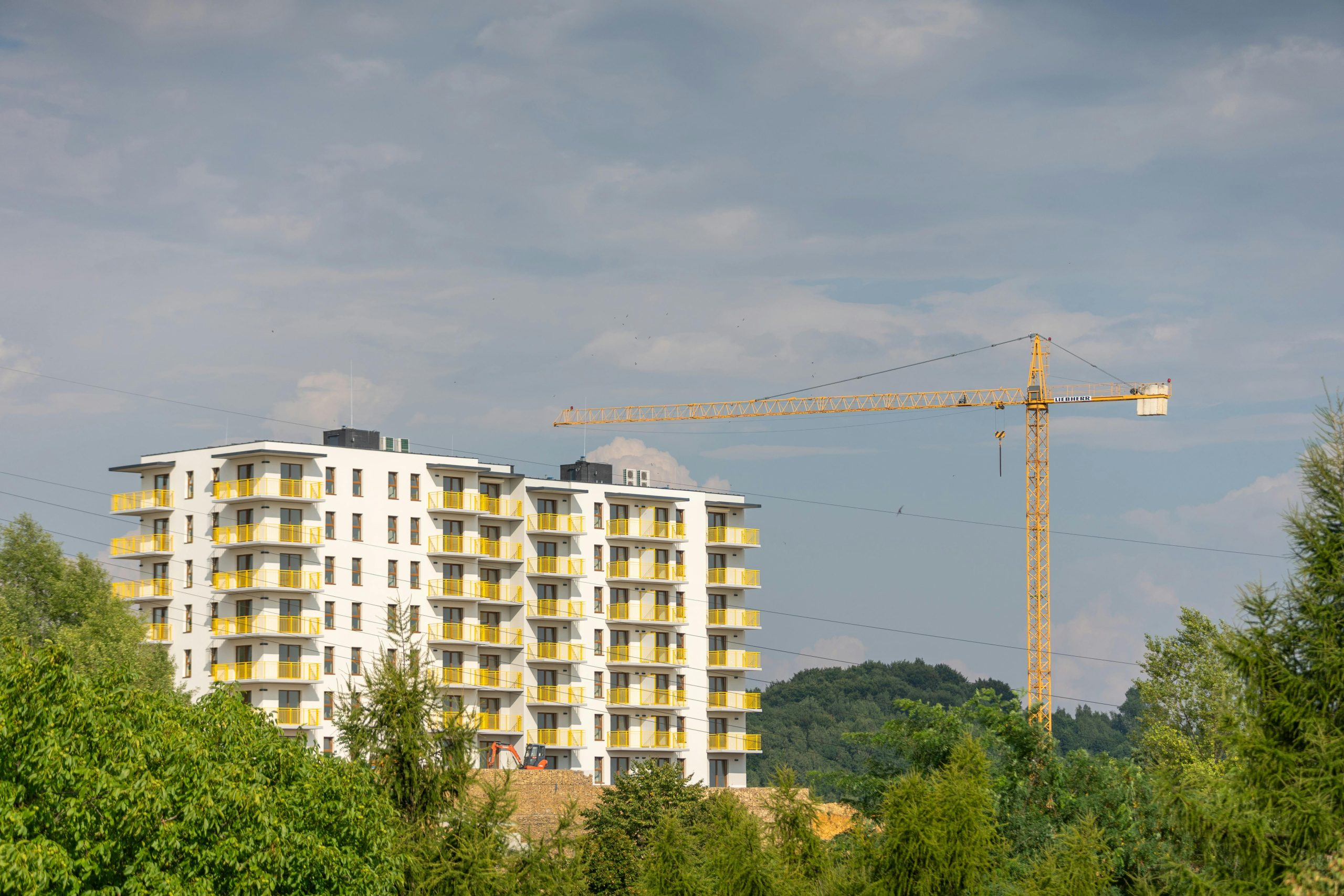How short supply is fueling new construction development
The construction industry has always been a vital contributor to the global economy. With the growing demand for new infrastructure, commercial buildings, and residential properties, it’s no surprise that the industry is constantly evolving. However, there has been a recent shift in the development and construction sector that has caught the attention of many – short supply is fueling new construction development. In this article, we will delve deeper into this phenomenon and explore how this has become a crucial driving force for new construction developments.
The Impact of Short Supply on the Construction Industry
With the increasing demand for new properties, developers are constantly looking for ways to meet the demands of the market. However, the shortage of key resources such as land, labor, and materials has become a significant challenge in the construction industry. This shortage has resulted in delays, rising costs, and an overall slowdown in construction projects. As a result, developers have been forced to find alternative solutions to continue meeting the demand, and that has led to the rise of new construction developments.
The Rise of Innovative Construction Techniques
One of the ways developers have tackled the shortage of labor and materials is by implementing new and innovative construction techniques. Traditional building methods require a significant amount of labor and materials, both of which are currently in short supply. As a result, developers have turned to prefabricated and modular construction methods, which can significantly reduce the need for labor and materials. These methods involve building different parts of a structure off-site, which are then assembled on the construction site. This not only saves time and resources but also results in a cost-effective solution.
Maximizing Available Space and Resources
Another way short supply has fueled new construction development is by forcing developers to utilize available space more efficiently. With the shortage of land, developers have shifted their focus towards maximizing available space in urban areas, such as building upwards with skyscrapers and downwards with underground structures. This has led to the development of new and innovative designs, as well as the utilization of previously undeveloped or overlooked areas. The shortage of resources has also encouraged developers to look for alternative materials and methods, resulting in the use of sustainable and eco-friendly building practices.
The Demand for Affordable Housing
The shortage of housing has become a global issue, with many governments struggling to provide affordable housing for their citizens. With rising housing costs and limited availability, developers have seen the growing need for affordable housing, especially in urban areas. In response, they have focused on developing smaller, more affordable units that cater to a wider audience. This has provided a solution for first-time home buyers, young professionals, and those looking to downsize, resulting in a steady stream of new construction development projects.
The Development of New Markets
Short supply has also opened up new markets for developers and investors. With the growing demand for new properties, developers have been seeking out new and emerging markets to invest in. This has resulted in the development of residential and commercial properties in previously untapped areas. Not only does this provide a new source of income for developers, but it also helps to stimulate economic growth in these areas.
The Future of Construction Development
It’s safe to say that short supply has sparked a new era in construction development. With the industry continually finding ways to adapt and overcome challenges, new and innovative methods, designs, and materials will continue to emerge. Additionally, as more countries start to focus on sustainable and eco-friendly practices, developers will have to incorporate these into their projects. The shortage of resources has also opened up opportunities for collaboration and partnerships within the industry, resulting in more significant and complex projects being pursued.
In Conclusion
The shortage of critical resources has been a challenge for the construction industry, but it has also resulted in a significant shift in the development sector. With the rise of new construction techniques, the demand for affordable housing, and the development of new markets, short supply has become a driving force for new construction development. As we continue to see the effects of short supply in the industry, it will be interesting to see how developers and investors will continue to innovate and provide solutions to meet the growing demand for new properties.










